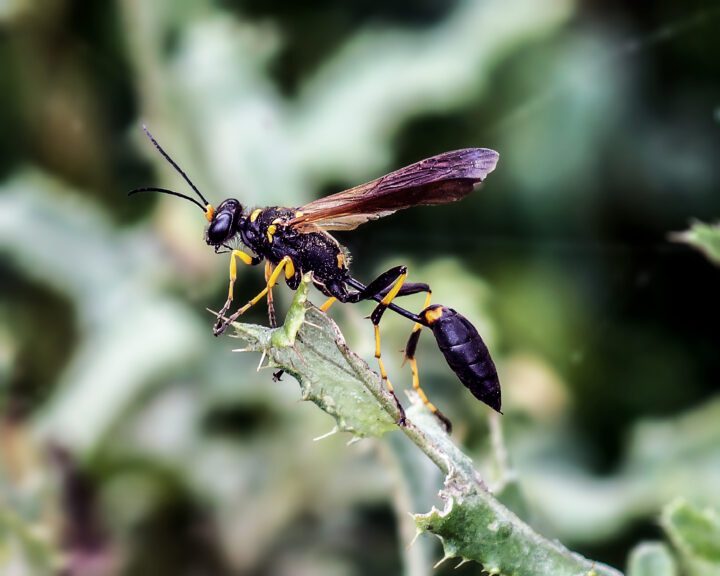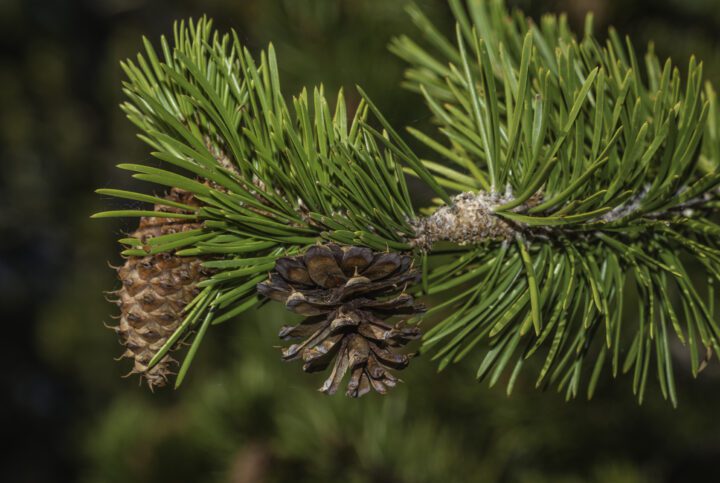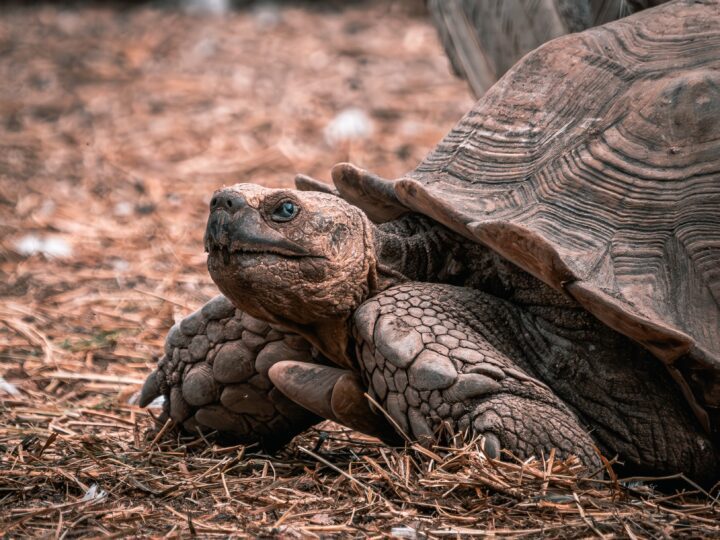Attach Temporarily
Living systems must sometimes, temporarily, stay in one place, climb or otherwise move around, or hold things together. This entails attaching temporarily with the ability to release, which minimizes energy and material use. Some living systems repeatedly attach, detach, and reattach for an extended time, such as over their lifetimes. Despite being temporary, these attachments must withstand physical and other forces until they have achieved their purpose. Therefore, living systems have adapted attachment mechanisms optimized for the amount of time or number of times they must be used. An example is the gecko, which climbs walls by attaching its toes for less than a second. Other examples include insects that attach their eggs to a leaf until they hatch, and insects whose wings temporarily attach during flight but separate after landing.
Physically Assemble Structure
Living systems use physical materials to create structures to serve as protection, insulation, and other purposes. These structures can be internal (within or attached to the system itself), such as cell membranes, shells, and fur. They can also be external (detached), such as nests, burrows, cocoons, or webs. Because physical materials are limited and the energy required to gather and create new structures is costly, living systems must use both conservatively. Therefore, they optimize the structures’ size, weight, and density. For example, weaver birds use two types of vegetation to create their nests: strong, a few stiff fibers and numerous thin fibers. Combined, they make a strong, yet flexible, nest. An example of an internal structure is a bird’s bone. The bone is comprised of a mineral matrix assembled to create strong cross-supports and a tubular outer surface filled with air to minimize weight.
Modify Phase
Gases, liquids, and solids are phases of matter found in and around living systems. Modifying these phases entails transforming from one to another, such as ice melting into liquid water or water turning into gas vapor. Phases of matter have different properties, so living systems need strategies to manage different phases. Modifying phases enables living systems to take advantage of the properties of more than one phase to carry out life activities. An example of how a living system manages and uses different phases is found in the rainforest. The forest obtains water from rain and some goes into the soil to be taken up by the roots. But some water remains in the forest’s canopy, where it evaporates to a gaseous phase and is carried elsewhere by air, descending again as rain on a different ecosystem.





